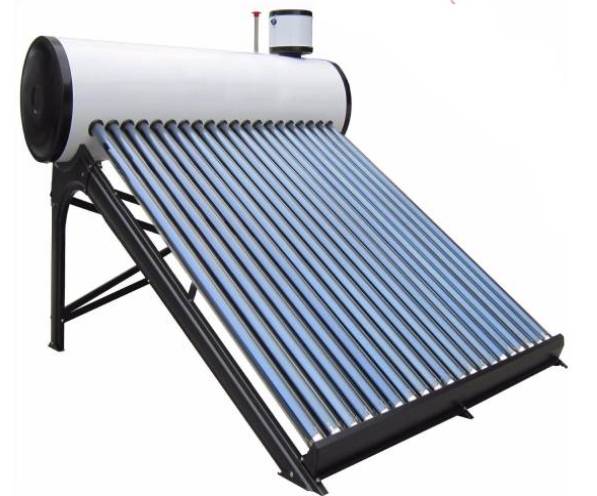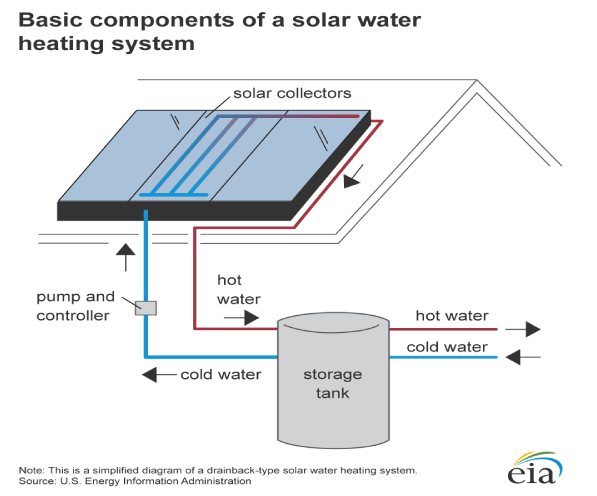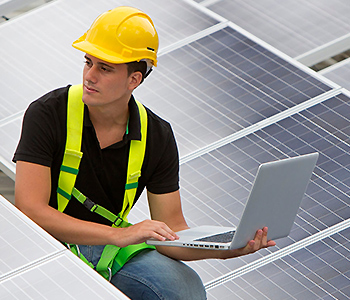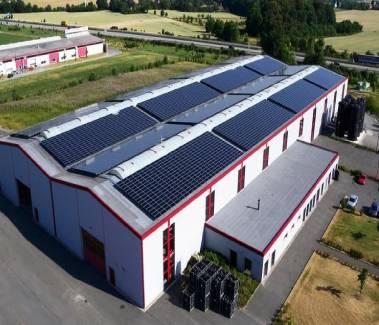Differences between Solar Thermal Flat Plate vs Evacuated Tubes
Cost:Flat plate collectors tend to be cheaper than evacuated tubes because they are a simpler design and easier to manufacture. Flat plates are cheaper collector-to-collector and also on BTU per $ level. Evacuated tubes tend to be 10-15% more expensive than flat plates, but their processing costs are dropping.
Warranties:Generally speaking, you want to design these systems to last 40 years, and they should be able to. In the past, I have spoken with contractors who have said the flat plate collectors will tend to have longer warranties, 20-year warranty as opposed to a 10-year warranty for evacuated tubes. This is presumably because of the level of sophistication with the technology. Be sure to check with the distributor and manufacture of the collector to see how long the warranty is.
Installation:Flat plat collectors are heavier, take up more room, and can be cumbersome to install on certain roofs. Evacuated tubes tend to have lighter components and are easier to manage on the roof. Evacuated tubes tend to be more fragile than flat plates.
Reliability:Flat plate collectors can only heat water up to 170-180 F, which means there is very small risk of overheating. Evacuated tubes, on the other hand, can heat water to well over 250 F. For this reason, they are much more likely to overheat than flat plates, so you will need to be very concise with your design. If you are using evacuated tubes, it was always better to oversize your storage tank rather than under-size it for this very reason. Evacuated tubes are also used more frequently in colder climates because they are more efficient than flat plates in extremely cold temperatures. In extremely warm climates, evacuated tubes have a very high chance of overheating, so be careful if you are in a hot area.
Water Use:In determining the best collectors to use, it will depend on what you are going to use the water for and how much you are going to use. Evacuated tubes can heat large amounts of water very quickly and can get the water above 180 degrees. So, if you have a sizable load, such as in commercial or space heating situations, you may want to look into evacuated tubes. Flat plates work best with domestic water. Their temperate range fits well within code for hot water usage. They can also be used for space heating in low-heat hydronic applications, but you will need to size accordingly.
Snow:If you are in the Northeast or Midwest areas in the U.S., snow loading and production during the winter is an important factor to consider. Generally, evacuated tubes shed snow very poorly. This is because the tubes create a strong vacuum. A flat plate, on the other hand, can shed snow easily with just a little sunlight.
Structural Wind Loading:If you are working on a job where the rafters are questionable, and you are in an area with significant wind loading, evacuate tubes tend to have the advantage. They are lighter in general because less water runs through the system, but they also have less wind resistance the wind can simply pass through the collectors.
Performance:If both types of collectors are placed side by side on the same roof, the performance is based on the difference between the entering water temperature that you are heating and the ambient temperature. In other words, the performance depends on the temperature of the water coming from the storage tank compared to the ambient temperature, i.e. the temperature of the surroundings. As the variance increases (i.e. you are in colder temperatures), evacuated tubes become more efficient.





